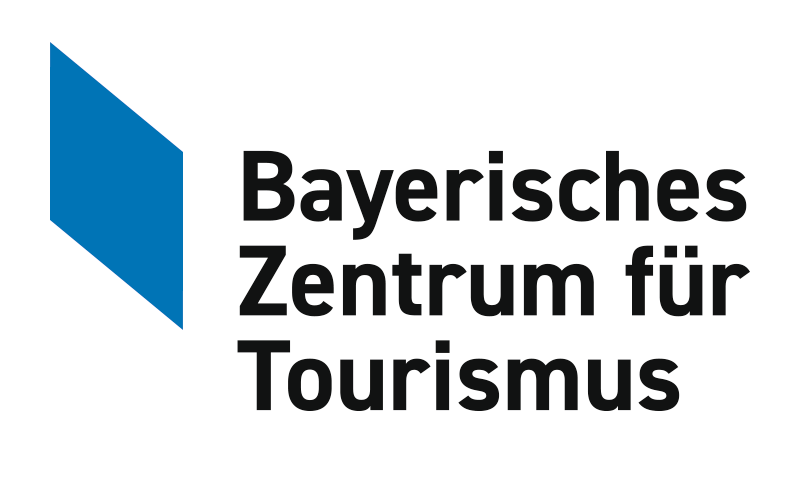SCHLAGLICHT
Schlagworte: Zielgruppen und Märkte, Corona-Pandemie, Reiseverhalten
Reisen in Zeiten von Corona – Unterschiede zwischen Personen mit und ohne Migrationshintergrund
Von Cathrin Schiemenz, 14. August 2020
© iStock.com/SeventyFour
In Nicht-Corona-Zeiten haben bisherige Studien (wie zum Beispiel die Reiseanalyse) gezeigt, dass sich das Reiseverhalten von Personen mit Migrationshintergrund von dem von Personen ohne Migrationshintergrund teilweise unterscheidet. Personen mit Migrationshintergrund nutzen oftmals ihren gesamten Urlaub, um in das Herkunftsland (ihrer Eltern) zu reisen. Dabei ist das Wiedersehen und Auffrischen von Erinnerungen an eine Gegend sowie Kontakte zu Einheimischen besonders wichtig, während bei Personen ohne Migrationshintergrund allgemein der Erholungswert des Urlaubes im Vordergrund steht.
Reiseabsichten in Zeiten von Corona
Betrachtet man das Reiseverhalten von Personen mit Migrationshintergrund in Zeiten von Corona, wie es die Studie des BZT aus dem Juli 2020 ermöglicht, zeigt sich, dass Personen mit Migrationshintergrund zu 16 Prozent im Mai/Juni im Urlaub waren – in der Gruppe der Personen ohne Migrationshintergrund sind es 13 Prozent.
Hinsichtlich der Reiseabsichten geben Personen mit Migrationshintergrund zu 49 Prozent an, bald (wieder) verreisen zu wollen. Dabei möchten 60 Prozent innerhalb Deutschlands verreisen, 40 Prozent ins europäische Ausland. Unter Personen ohne Migrationshintergrund liegt der Anteil derjenigen, die schnellstmöglich verreisen möchten, bei 43 Prozent. Personen ohne Migrationshintergrund möchten den Urlaub zu 62 Prozent in Deutschland verbringen und zu 38 Prozent im europäischen Ausland.
Definition
In der Studie des Bayerischen Zentrums für Tourismus sind Personen mit Migrationshintergrund folgendermaßen definiert: Sie besitzen die deutsche Staatsangehörigkeit und sind selbst oder ist mindestens ein Elternteil nach 1949 nach Deutschland zugewandert.
Reiseabsichten 2020 abhängig vom Migrationshintergrund
Ja, ich werde innerhalb Deutschlands verreisen
Ja, ich werde ins europäische Ausland verreisen
Nein, ich werde zunächst nicht verreisen, sondern abwarten
Nein, ich werde dieses Jahr überhaupt nicht (mehr) verreisen
Quelle/Filter: Umfrage des Bayerischen Zentrums für Tourismus, Juli 2020, deutschsprachigen Bevölkerung im Alter von 18-74 Jahren, n=2.022 (ohne Migrations-hintergrund n=1.773, mit Migrationshintergrund n=249)
Urlaubsmotive und Urlaubsart
Auf die Frage, welche Aspekte und Aktivitäten für den nächsten Urlaub besonders wichtig sind, gibt es zwischen Personen mit und ohne Migrationshintergrund Überschneidungen: „frische Kraft sammeln“ sowie zum Beispiel „Wanderungen“ sind Bedürfnisse in beiden Gruppen. Häufiger von Personen mit Migrationshintergrund gegenüber Personen ohne Migrationshintergrund werden die Items „Sonne, Wärme und schönes Wetter“ genannt sowie „Spaß, Freude und Vergnügen“, „Zeit füreinander haben“ und „gemeinsam etwas erleben“. Auch wird von dieser Personengruppe häufiger angegeben, etwas für die Gesundheit oder für Kultur und Bildung tun zu wollen. Personen ohne Migrationshintergrund ist „Entspannung“, „Abstand vom Alltag“, „Natur erleben“ und „sich verwöhnen lassen“ wichtiger.
An den Antworten zur Art des nächsten Urlaubs wird ebenfalls deutlich, dass für viele Personen mit Migrationshintergrund die Familie im Vordergrund steht: Familienurlaub und Besuche bei Familie, Verwandten und Bekannten werden deutlich häufiger als Urlaubsmotive genannt als von Personen ohne Migrationshintergrund.
Zögernde Reisende
Mit einer Reise zunächst abwarten werden 26 Prozent der Personen mit Migrationshintergrund. Unter Personen ohne Migrationshintergrund liegt der Anteil bei 23 Prozent. Die Gründe für das Abwarten unterscheiden sich: Aus privaten Gründen keine Zeit zu haben, wird von Personen mit Migrationshintergrund mit 23 Prozent (sehr kleine Fallzahl, unter 30) mehr als doppelt so häufig genannt als von Personen ohne Migrationshintergrund. Die Angst vor einer Infektion mit dem Coronavirus ist dagegen bei Personen ohne Migrationshintergrund deutlich häufiger der Grund, vorerst nicht zu verreisen.
25 Prozent der Personen mit Migrationshintergrund werden dieses Jahr überhaupt nicht (mehr) verreisen. Unter Personen ohne Migrationshintergrund liegt der Anteil bei 34 Prozent. Als Gründe, dieses Jahr gar nicht mehr zu verreisen, werden von den Befragten unabhängig vom Migrationshintergrund die Corona-Hygiene-Maßnahmen genannt – vor allem das Tragen eines Mund-Nasen-Schutzes –, welche nicht zu den Vorstellungen eines Urlaubs passen. Außerdem werden keine Lust, kein Geld zum Reisen oder die Angst vor einer Infektion mit dem Coronavirus (sehr kleine Fallzahl, unter 30) aufgeführt.
Zukunft des Reisens
Hinsichtlich der Ansicht, dass die Menschen wieder so verreisen wie vor der Pandemie, sobald ein Impfstoff gefunden wurde, sind Personen mit Migrationshintergrund etwas skeptischer. 37 Prozent der Personen mit Migrationshintergrund sind der Meinung, dass sich das Reiserverhalten der Menschen ändern wird. Unter den Personen ohne Migrationshintergrund sind 31 Prozent dieser Ansicht.

Quellen
Reiseanalyse (RA) 2019:
- Eine bevölkerungsrepräsentative Befragung von FUR – Forschungsgemeinschaft Urlaub und Reisen e. V.
- Stichprobe: n = 7.733 (Personen-Datensatz), n = 7.689 (Reisen-Datensatz) Männer und Frauen der deutschsprachigen Bevölkerung im Alter ab 14 Jahre
Umfrage des Bayerischen Zentrums für Tourismus:
- Eine bevölkerungsrepräsentative Online-Befragung im Auftrag des Bayerischen Zentrums für Tourismus, durchgeführt zwischen dem 2. und 14. Juli 2020 von GfK
- Stichprobe: n = 2.022 Männer und Frauen der deutschsprachigen Bevölkerung im Alter von 18-74 Jahren
- Die Studienergebnisse sind hier abrufbar

